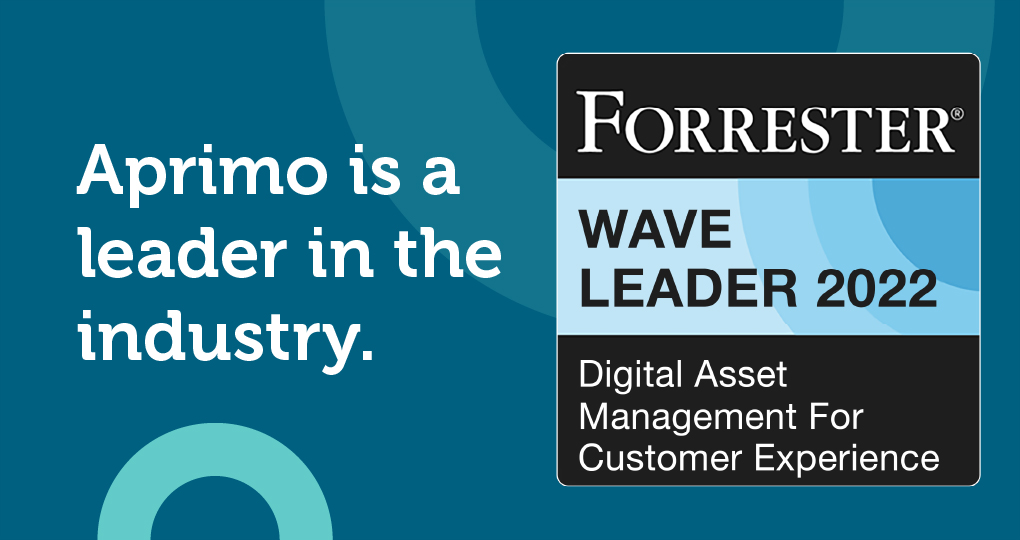What Are Brand Assets?


Brand assets are valuable elements that communicate a brand’s identity. They set an organization apart and make it more recognizable, no matter how crowded the market.
Marketing teams depend on brand assets to create strong customer relationships. Today, we’ll discuss how that process works and define important aspects of brand assets, including:
-
What they look like
-
How they establish brand identity
-
How they support marketing efforts
-
How brands create, protect, and update them
But first, let’s explore what makes up a brand asset and where its value comes from.
What Are Brand Assets?
Brand assets are visual or auditory elements that audiences associate with a specific brand. They come in many forms, including:
-
Logos
-
Taglines
-
Sounds and jingles
-
Quotations
-
Fonts
-
Color schemes
-
Images
Well-designed brand assets build and convey a brand’s personality. Like a person’s clothing and mannerisms express who they are, carefully chosen assets communicate a brand to its target audience.


The Value of Brand Assets in Marketing
Few things are more valuable to a brand than recognition. Consider the phrase “I’m lovin’ it” or a double-tailed siren on a green background. These iconic brand assets instantly make most readers think of McDonald’s and Starbucks.
Consistency and Trust
The more consistent a brand presents itself, the more trustworthy it is to buyers. An aesthetically consistent brand builds familiarity. Consumers can get comfortable with the brand and trust it to deliver what it promises.
Customer Loyalty
Research shows that the more clearly people recall a brand’s overarching concept, the more likely they will buy again. Additionally, when those individuals think of the brand, they will likely retain their positive feelings. In other words, consistency drives loyalty, which in turn drives revenue. According to data from the Harvard Business Review, organizations with the highest brand loyalty grow their revenues 2.5 times as quickly as their close competitors.
Creating and Managing Brand Assets
Identity and consistency must be top priorities in the brand asset creation process. Clear brand guidelines for all creative team members are essential and should be available as a style guide.
Style guides tell creators and marketers what a brand looks, feels, and sounds like and why. It dictates qualities such as brand voice, color palettes, and preferred graphic styles. These elements are stand-alone brand assets marketers use to create more significant assets, such as web pages and advertising campaigns.
Design and brand development professionals use style guides to create recognizable, on-brand assets. One standout example is the American Civil Liberties Union, which rebranded in 2018. The ACLU’s current style guide establishes color and graphic standards that communicate accessibility, inclusivity, and a non-partisan message.


Protecting and Enhancing Brand Assets
Brand assets have tangible and intangible value. It’s important to protect what they represent about your brand while allowing them to evolve.
Copyrights and Trademarks
Copyrights and trademarks keep assets under a brand’s control and protect them from competitor use. Trademarks protect text phrases, designs, or combinations of the two. If a business trademarks brand assets, such as logos or slogans, competitors cannot use those assets for similar products or services.
Copyrights protect artistic and intellectual property, such as photographs or publications. If a competitor uses or exploits a reproducible asset, such as a publicity video or consumer guide, a copyright protects the original creator.
Digital Rights Management
Digital rights management (DRM) is the process and tools that protect a brand’s digital assets. It encrypts proprietary content so only authorized users can access it.
The technology behind DRM is complex, but content creators and marketers can apply it friction-free with digital asset management (DAM) software. DAM tools keep digital assets under a brand’s control and safe from competitors.
Evolving Brand Assets
As essential as it is to protect brand assets, organizations should never consider those assets stagnant. Brands develop alongside their audiences’ needs, and digital assets must reflect that evolution. Minor improvements can update a brand’s look and feel if the overall brand identity can stay essentially the same, though there are times when a complete rebranding is necessary.
Measuring the Impact of Brand Assets
Brand assets are valuable when they generate leads and cultivate customer loyalty, both of which drive revenue. Marketers should track the performance of brand assets by reviewing the content in which those assets appear. The ideal approach uses measurable data from key performance indicators (KPIs), such as:
-
Bounce rate: The ratio of visitors who leave your website immediately after arriving
-
Pages per session: How many internal web pages the average visitor seeks out
-
Social shares: How many people share content on social media, indicating personal connection
These metrics tell designers and marketers whether brand assets engage the right audiences, communicating a good fit and encouraging those audiences to stay and buy.




